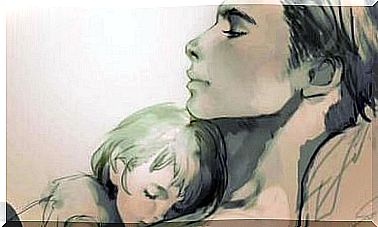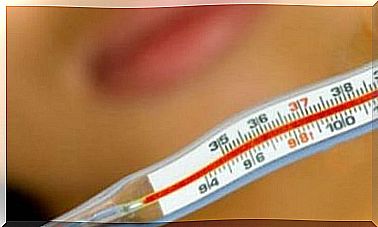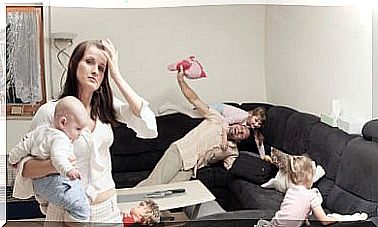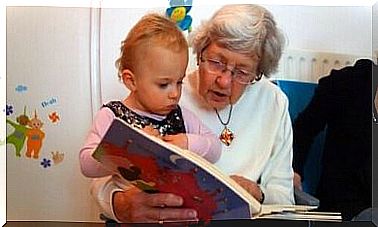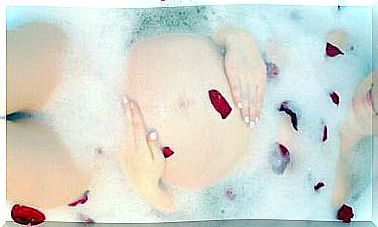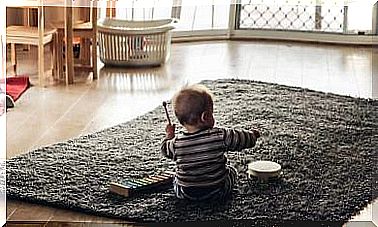Does The Pacifier Have Any Advantages?
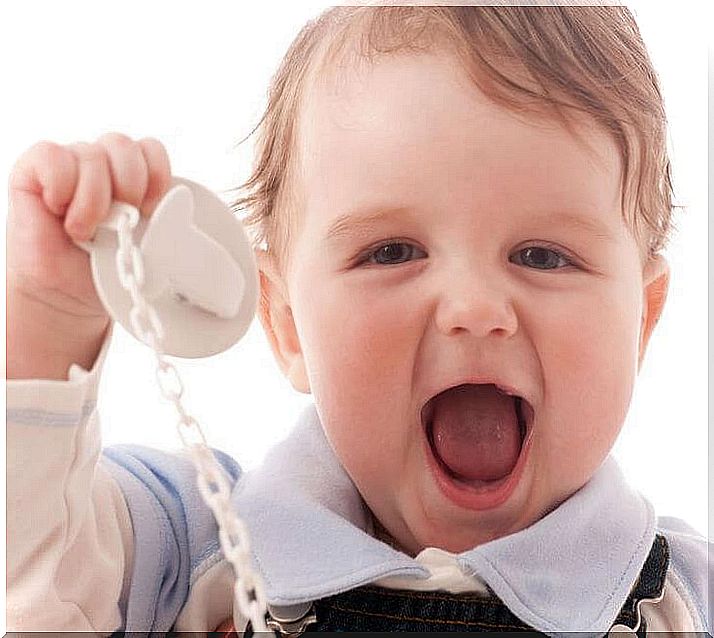
Would you like to know whether a pacifier has any advantages or not? A study that was published in the journal “General Dentistry” shows that it will not do any harm if it is weaned off the child in good time.
Most experts state that pacifier use does not cause problems as long as the child is not older than three years.
The majority of parents use a pacifier to soothe their baby. It works wonders for falling asleep, reducing stress and pain. Most health care professionals and parents agree that it is a very useful tool.
Recent studies have also found that children who use a pacifier are less likely to develop sudden infant deaths. The analgesic effect in premature and newborn babies should not be forgotten either.
However, sometimes personal experiences can cause pacifiers to be rejected or viewed as harmful. Because there are also negative sides.
Negative effects of the pacifier
Its use can shorten breastfeeding time and cause breastfeeding difficulties. As a result, children are said to be more likely to develop otitis media and have dental problems.

Does the pacifier damage your teeth?
As a rule, malformations of the teeth do not occur if the child is weaned from the habit before the age of three. These are the statements of the Spanish Society for Pediatric Dentistry, which may surprise some.
It reduces the risk of sudden infant death syndrome and relieves anxiety and pain. In addition, the doctors emphasize that any damage to the teeth is reversible before the age of 3.
Using the pacifier is referred to by experts as non-nourishing sucking.
During this suction, some of the lower teeth gradually deviate inward. The teeth in the upper jaw tend to separate and protrude outward. In this case buck teeth are also used.
For a pacifier to cause deformities, the child would have to exert a more or less constant pressure for about six hours a day. The energy that the baby expends to suckle also influences the degree of any malalignment.
How long?
“That explains why many children who use pacifiers do not develop misaligned teeth, “ said Jane Soxman, author of the study and a member of the American Board of Pediatric Dentistry.
It refers to children who only use pacifiers at certain times, for example when going to bed or to calm down.
Intensive use of the pacifier can affect the position of the teeth, but the teeth return to their old position just a few months after the pacifier is removed, according to their paper.
This is because there are no malformations of the temporomandibular joint or significant bone deformities that alter the final dental arch.
Experts believe that pacifier use should be discontinued at the age of two or three. But there is no hard and fast rule for it.
This depends, among other things, on the child’s degree of maturity and on medical or psychosocial factors.
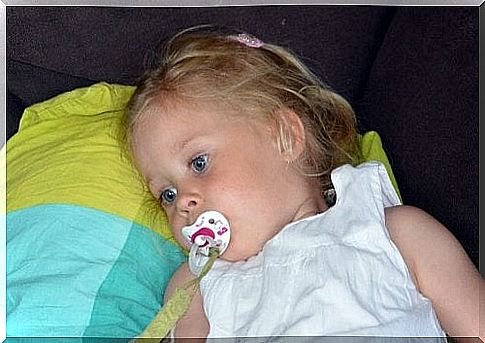
Recommendations for the use of the pacifier
The following tips can be helpful:
- Try not to give the pacifier to the child for the first few days of life.
- Although the temptation is great, it is better not to give in, otherwise breastfeeding may be affected.
- You shouldn’t use the pacifier to delay a meal.
- It is better to give a pacifier before the child starts thumb sucking.
- If your child uses a pacifier, always make sure you have a replacement. Because if it is lost, it can cause tears and fits of anger.
- For many children, it is a method of calming down, especially when weaning or when their parents are absent.
- Don’t scold older children for still using pacifiers. This can slow down the habit.
Just start breastfeeding at first
As mentioned earlier, it is better to avoid the pacifier for the first few days if the baby is being breastfed.
From the 1st month of life everything has worked out and the pacifier can be used without any problems. After all, it is also about reducing the risk of sudden infant death syndrome.
Its use is therefore particularly important for children who are bottle-fed.
If the child cannot be breastfed, the pacifier is a good method of non-pharmacological reassurance. However, there are other methods, such as skin contact and other non-nourishing sucking techniques, to calm children.

